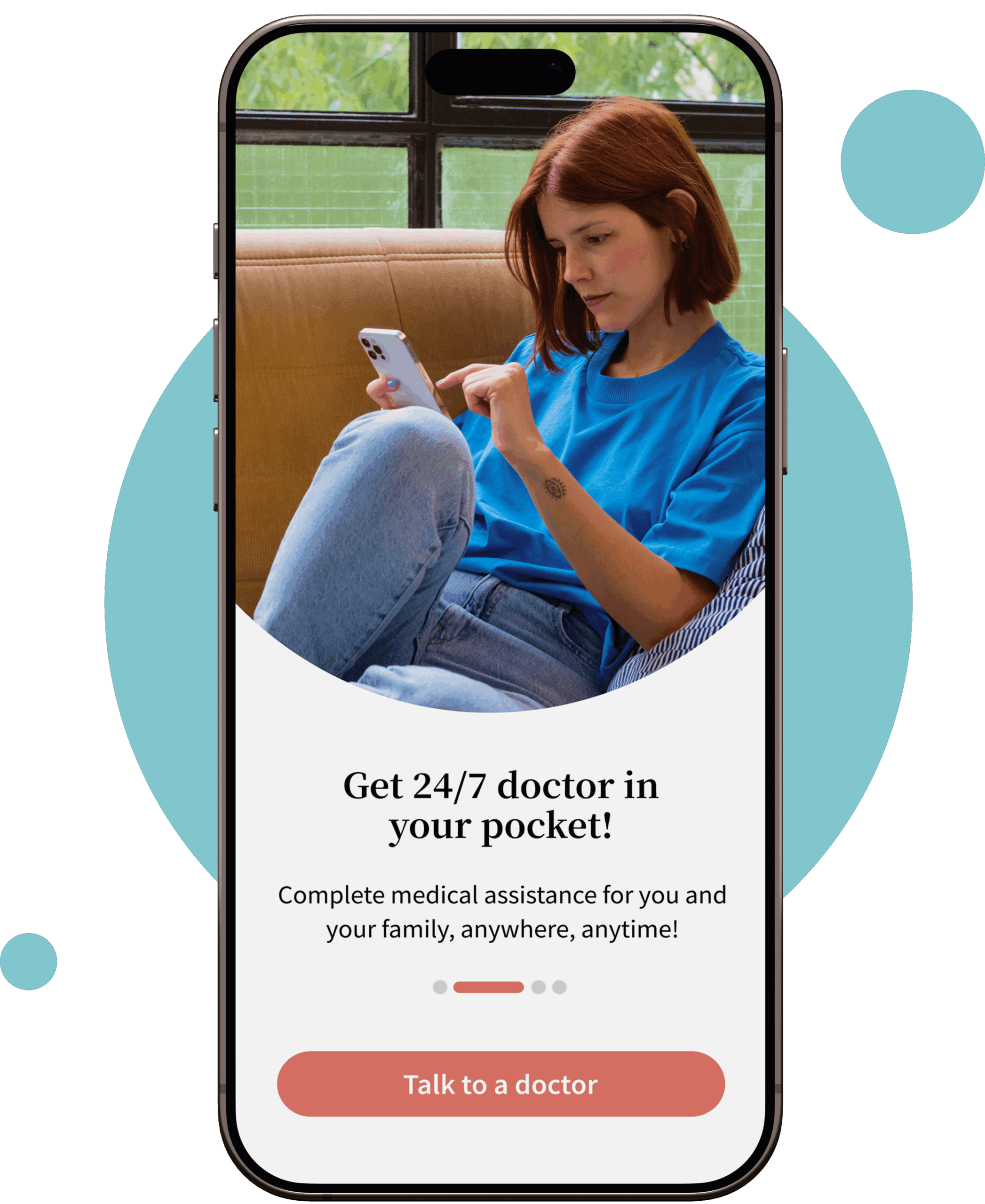Table of Contents
ToggleOverview
The discomfort, itchiness, and frustration accompanying a yeast infection can be a source of immense distress for anyone affected. It’s natural to yearn for a quick and efficient solution to this common ailment hence resolving a yeast infection within 24 hours may seem tempting in a world where immediate gratification is often sought. However, it is crucial to approach such claims with a critical eye. In this article, we embark on a thought-provoking journey to explore the truth behind the elusive quest to banish yeast infections in just a day.
Get Rid of Yeast Infection with Over-the-Counter Treatments
Over-the-counter (OTC) yeast infection treatments provide accessible options for individuals seeking relief from the symptoms of a yeast infection. These treatments typically come in antifungal creams, ointments, suppositories, or oral medications. They contain active ingredients such as miconazole, clotrimazole, or tioconazole, which work to eliminate the overgrowth of Candida fungus responsible for the infection.
These OTC treatments can effectively alleviate symptoms such as itching, burning, and abnormal discharge. They work by disrupting the cell walls of the yeast, thereby killing it and providing relief. However, it is essential to note that OTC treatments are to treat mild to moderate cases of yeast infections.
Strict adherence to the manufacturer’s directions when utilizing OTC medications is essential. Before beginning any treatment, it is also a good idea to speak with a healthcare provider, especially if you are pregnant, have reoccurring infections, or have underlying medical issues.
While OTC treatments can be effective, they must be aware of their limitations. They may provide temporary relief but not completely eradicate the infection within 24 hours. Some individuals may require longer treatment durations or additional medical intervention, mainly depending on the severity of the illness.
Home Remedies for Yeast Infection
Curing a yeast infection at home may be possible if the symptoms are not very severe. The yeast infection home remedies include
Coconut Oil
Internally or topically, fungus infections can be treated with organic coconut oil. It has antifungal properties. Moreover, it can also be used as a carrier oil by warming coconut oil and mixing it with 3-5 drops of tea tree oil. Additionally, it is one of the known natural remedies for yeast infections.
Boric Acid
Doctors may employ antiseptic boric acid as a last resort when lotions or medications have failed to provide relief. Suppositories containing boric acid can be used to treat vaginal infections. When eaten in large doses, boric acid is poisonous. Boric acid should be avoided if you are expecting or have sensitive skin because it might harm your kidneys or kill you if you ingest too much.
Tea Tree Oil
Anecdotally, tea tree oil for yeast infection has been lauded as an excellent way to eliminate fungus because of its antifungal qualities. Studies on vaginal suppositories and candida albicans have indicated that tea tree oil tampon is an effective treatment. However, using too much tea tree oil can irritate the skin. Always use diluted Tea tree oil.
Baking Soda
Most people always keep baking soda in their kitchens commonly called sodium bicarbonate. Baking soda creates an alkaline solution when it is dissolved in water. Because a pH imbalance can bring on yeast infections, the alkaline solution prevents the fungus from growing.
You can use it by adding a quarter cup of baking soda into your bath and soaking for 15 to 20 minutes. Do it twice each day till the symptoms go away.
Oil of Oregano
Yeast infection at-home treatment also includes oil of oregano made from the origanum vulgare, known as wild oregano, which contains two antifungal properties. As antifungal oils such as tea tree oil can inhibit the growth of candida albicans, the oil of oregano works similarly. You need to apply the oil of oregano sparingly and never use it directly to the affected area. It is proven that research reduces the growth of infection-causing yeast, i.e., candida albicans.
You can either mix it with what is known as carrier oils, such as melted coconut oil, soak it in the bath with a few drops of essential oils, or soak a tampon in a diluted mix for a few minutes before applying it to the area, making sure you change it every 2 to 4 hours and no more 6 hours. People can be allergic to oregano oil, so conduct a skin patch test first.
Vitamin E
Being famous for its anti-inflammatory properties, vitamin E is a good option for nullifying the effects of yeast infection on the body. It can be taken in the form of supplements or via diet, i.e., yogurt, a good vitamin E source.
Probiotics
As probiotic yogurts and other forms of probiotics such as kombucha and kefir have live bacteria such as lactobacillus acidophilus, this can help promote a healthier balance of internal bacteria which may help deal with an overgrowth of yeast and reset the balance. Taking oral probiotics containing lactobacillus strains as yeast infection remedies is also possible.
Vitamin C
Vitamin C helps strengthen immunity, which increases the balance of microbial flora in the vagina and reduces the attack by pathogenic or opportunistic organisms which cause infections like yeast. In short, it boosts your body’s immune system to flush out harmful infection-causing yeast.
Apple Cider Vinegar
Vinegar has many medicinal uses and has been effective in reducing candida albicans. Apple cider vinegar can be most effective when diluted. Adding a half cup of apple cider vinegar to a bath and soaking for at least 20 minutes may help reduce yeast or candida buildup.
Cranberry Juice
It is not proven by research to kill yeast, but it can adjust the pH as per vaginal flora and balance the negative effects of yeast infections. Cranberry juice is rich in vitamin C, which boosts the immune system to fight off yeast infections and make the vagina clean and healthy.
Garlic
Garlic is famous for its antifungal and antibiotic properties. However, studies do not confirm its role in treating yeast infections orally. But some women found relief using creams containing garlic as an active ingredient, like clotrimazole. Others have tried inserting a clove of garlic in their vagina to treat infections, but it is also not proven to be effective in everyone.
Get Rid of Yeast infection with Hydrogen Peroxide
This antiseptic has been anecdotally referred to as a lifesaver regarding yeast infections. As the lactobacillus bacteria in your vagina naturally produce hydrogen peroxide, it stands to reason that diluting this in water could help prevent overgrowth.
While many home remedies are safe for people with yeast infections, it’s important not to treat yourself when you are pregnant, have recurring yeast infections, or if you had exposure to a sexually transmitted disease but should seek medical help. Additionally, while these natural remedies may prove effective, you should always avoid douching with them, as they can result in recurring yeast infections.
You may wonder how to apply hydrogen peroxide for yeast infection. Below are three simple ways. Keep in consideration if you are allergic to any ingredient. You can start with a small patch test.
Baking soda and hydrogen Peroxide
Put equal amounts of both ( 1/4th – 2 cups) in a warm water bath. After letting them dissolve, bathe for around 40 minutes in the bath, then pat your skin dry. This concoction seeks to eliminate noxious odors and microorganisms.
Hydrogen peroxide with apple cider vinegar
In a tub with half water, combine 2 cups of apple cider vinegar also 2 cups of hydrogen peroxide. Spend 15 to 20 minutes soaking in the mixture. Apple cider vinegar undoubtedly has antibacterial characteristics that can inhibit the growth of the yeast-related organism Candida.
Hydrogen peroxide soak
Hydrogen peroxide soak: Add 2 cups of hydrogen peroxide to a tub filled halfway with water and soak for about 30 minutes. This method can be done once daily. However, it’s important to note that using hydrogen peroxide for yeast infections is not widely recommended or supported by scientific evidence.
While these methods are popular and effective, it is crucial to consult a healthcare professional for accurate diagnosis and appropriate treatment options for a yeast infection. They can guide safe and proven treatments specifically designed for this condition.
Read More: Male Yeast Infection: Causes, Treatment and Prevention
Antifungal Medications For Yeast Infection Treatment
Yeast infection antifungal medications are typically for more severe or recurrent cases of yeast infections. These medicines are available only with a prescription from a healthcare professional and eventually offer more robust formulations to combat the disease effectively.
Here are some common medications for yeast infection treatments:
Fluconazole (Diflucan)
Fluconazole is an oral antifungal medication that works by inhibiting the growth of Candida fungus. Additionally, it is often prescribed as a single-dose treatment or multiple doses over a few days. Fluconazole is effective against various yeast infections, including vaginal, oral, and systemic infections.
Voriconazole (Vfend)
Voriconazole is an antifungal medication primarily for systemic yeast infections or infections in immunocompromised individuals. It works by interfering with the growth of the yeast and preventing its spread.
Caspofungin (Cancidas)
Caspofungin is an intravenous antifungal medication to treat invasive candidiasis. It works by inhibiting the production of a component essential for fungal cell walls, destroying the yeast.
Terconazole (Terazol)
Terconazole is available as a cream, suppository, or vaginal tablet. Prescription for vaginal yeast infections is usual and provides relief by killing the yeast cells and reducing inflammation and itching.
Nystatin (Mycostatin)
Oral thrush (yeast infection) that affects the mouth and throat is frequently treated with nystatin prescription. It comes in various forms, e.g., liquid, tablets, and lozenges, and ruptures the yeast’s cell walls.
How Can I Prevent Yeast Infection?
Preventing yeast infections involves adopting certain practices and lifestyle habits that help maintain a healthy balance of microorganisms in the body. Here are some tips to help avoid yeast infections:
Maintain proper hygiene
Dry off and keep the genital area clean. Avoid using harsh soaps, douches, or scented products because they might upset the pH balance in the region and aggravate it. Instead, clean with water and gentle, fragrance-free soaps.
Wear breathable clothing
Avoid wearing tight-fitting pants or synthetic materials that trap moisture and heat and provide the perfect habitat for yeast to flourish. Instead, choose loose-fitting, breathable cotton pants.
Practice good menstrual hygiene.
Change tampons, pads, or menstrual cups frequently during menstruation to minimize the risk of yeast overgrowth. Consider using unscented and hypoallergenic products.
Avoid unnecessary antibiotic use.
Antibiotics can upset the body’s delicate microbiome, including the good bacteria that control yeast. Use antibiotics only when required and as directed by a medical practitioner.
Maintain a healthy diet.
Limit the consumption of sugary and refined carbohydrate-rich foods, as they can contribute to yeast overgrowth. Instead, focus on a well-balanced diet that includes whole grains, lean proteins, fruits, and vegetables. Probiotic-rich foods like yogurt can also help promote a healthy balance of bacteria.
Manage chronic health conditions.
Work closely with your healthcare professional to manage your condition and reduce the risk of diseases if you have diabetes or other chronic health issues that raise your risk of yeast infections.
Practice safe sex
To lower your risk of contracting sexually transmitted illnesses correspondingly, which can raise your risk of getting a yeast infection, use condoms and maintain proper sexual hygiene.
Avoid unnecessary moisture and irritation.
After swimming or exercising:
- Change out of wet clothing promptly.
- Avoid using tight synthetic swimwear for extended periods.
- Consider using a mild, unscented laundry detergent to wash your clothing.
Consult a Doctor
If symptoms persist after receiving the recommended treatment, such as an OTC antifungal cream, make an appointment with a doctor. You can have a more severe or resistant yeast infection that needs treatment with a prescription drug.
Bacteria or other germs may occasionally bring on the infection. You may experience similar yeast infection symptoms, such as vaginal itching or a burning feeling by other vaginal diseases or medical disorders. These disorders include bacterial vaginosis, allergic reactions, STIs like trichomoniasis, and skin conditions like eczema or lichen sclerosis. To identify the cause of the problem, a doctor may examine you, evaluate your symptoms, and do testing.
You may need a doctor’s assessment and diagnosis if:
- You experience pelvic pain or a fever
- It is your first yeast infection.
- You have recurring infections
- You are pregnant
- You are concerned about STIs (sexually transmitted diseases)
During a diagnosis, a doctor or healthcare provider may ask about your medical history, sexual activity, and medications you are currently taking. They may also perform a pelvic exam and take a sample of vaginal discharge to pinpoint the cause of your symptoms. After determining the cause of the infection, a healthcare provider can recommend an effective treatment plan tailored to your symptoms.
FAQs about How To Get Rid Of A Yeast Infection In 24 Hours answered by Your Doctors Online team.
It’s crucial to remember that treating a yeast infection may not be attainable in just one day. Use over-the-counter antifungal creams or suppositories to reduce symptoms. Maintain a clean environment, wear breathable cotton underwear, and avoid irritants, use yogurt or coconut oil.
Minor yeast infections usually go away after a week when appropriately treated. It may take longer, often one to two weeks, for moderate to severe conditions. It’s significant to remember that every patient will react differently to treatment.
To manage a yeast infection effectively, avoid using scented products, douching, tight clothing, unprotected intercourse, and self-diagnosis or treatment. By following these guidelines, you can promote healing and prevent further irritation.
Yes, in some cases, a yeast infection can go away without treatment. However, this is more likely to occur in mild cases. It’s important to note that leaving a yeast infection untreated can prolong symptoms and increase the risk of complications.
Almond oil is safe and does not result in a yeast infection despite being used topically. Additionally, it is used as a natural skin moisturizer. Everyone’s body responds differently. Some people may be sensitive to or allergic to almond oil or other components found in almond oil products.
The fastest treatment for a yeast infection typically involves a combination of over-the-counter or prescription antifungal medications and self-care measures. Prescription of other oral antifungal drugs done for more severe cases. Practice good hygiene, wear breathable clothing, and avoid irritants to promote healing.







